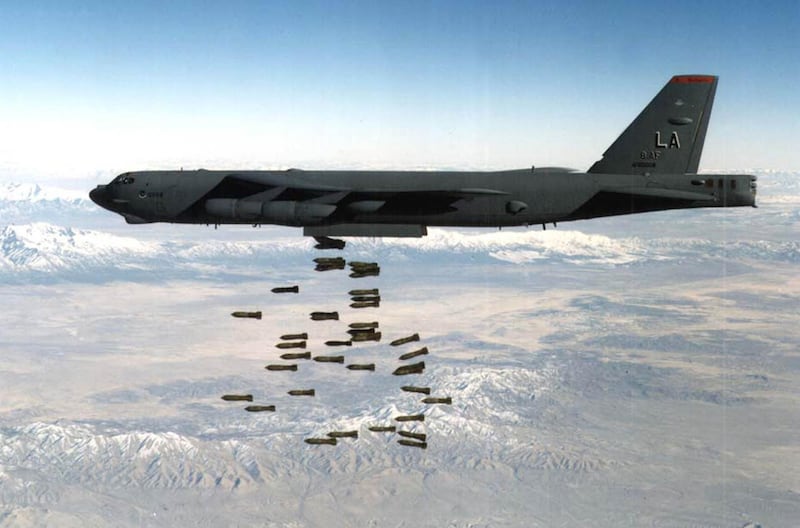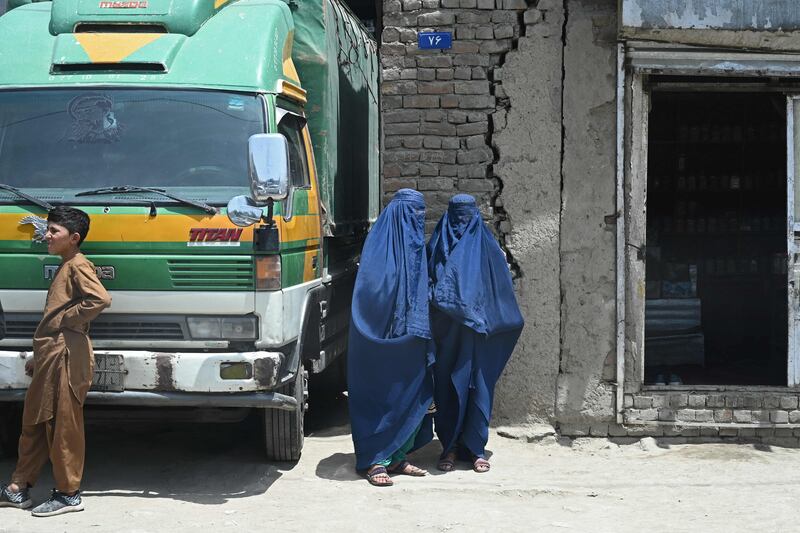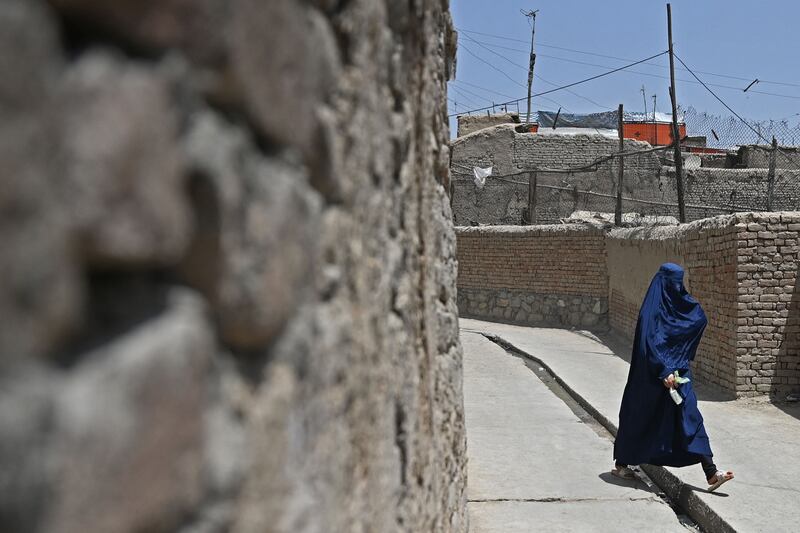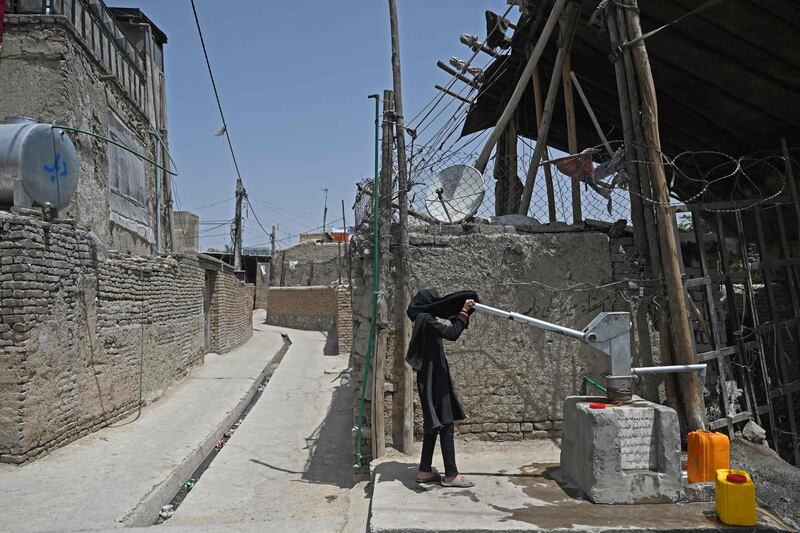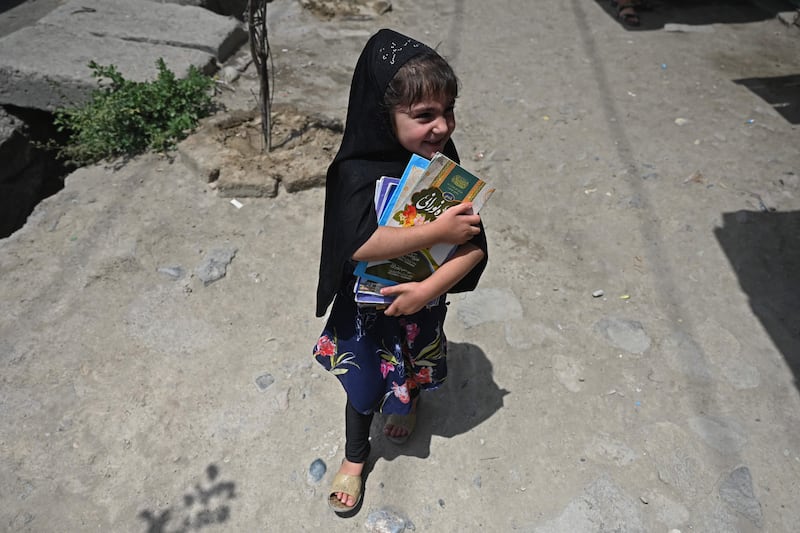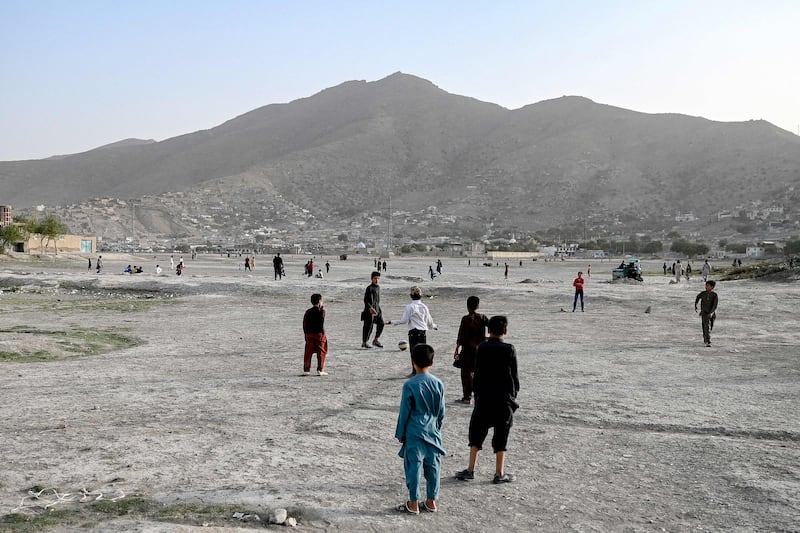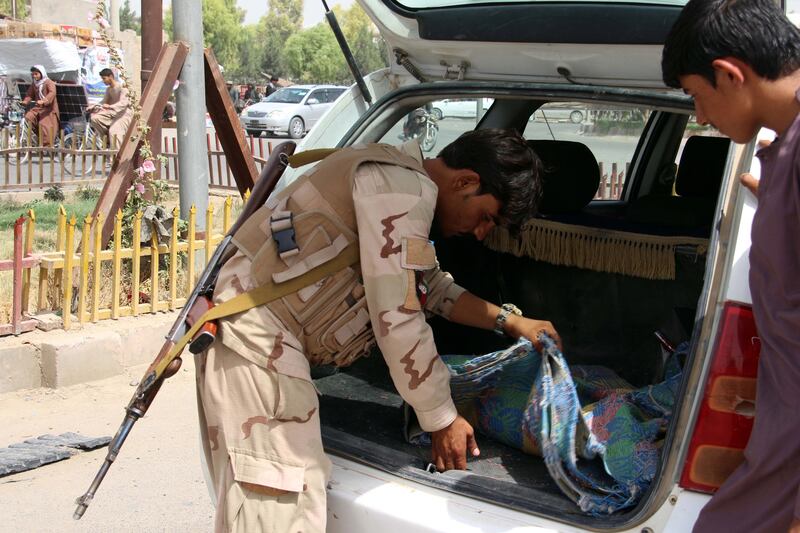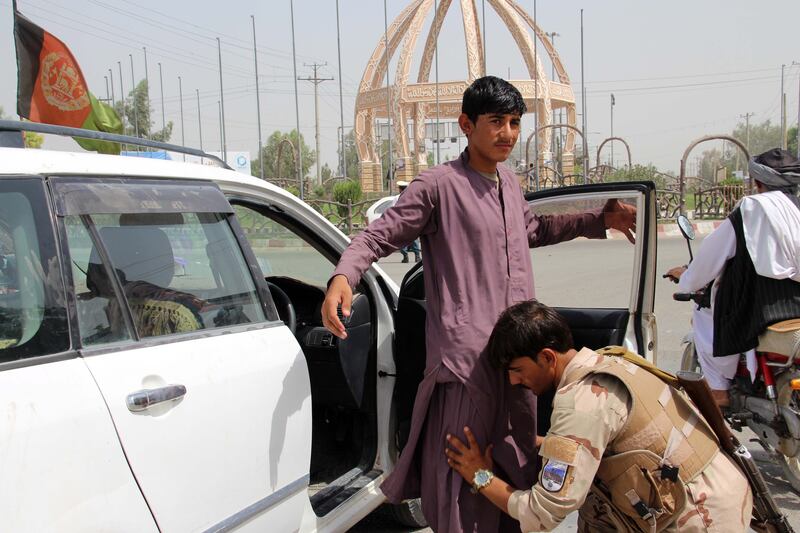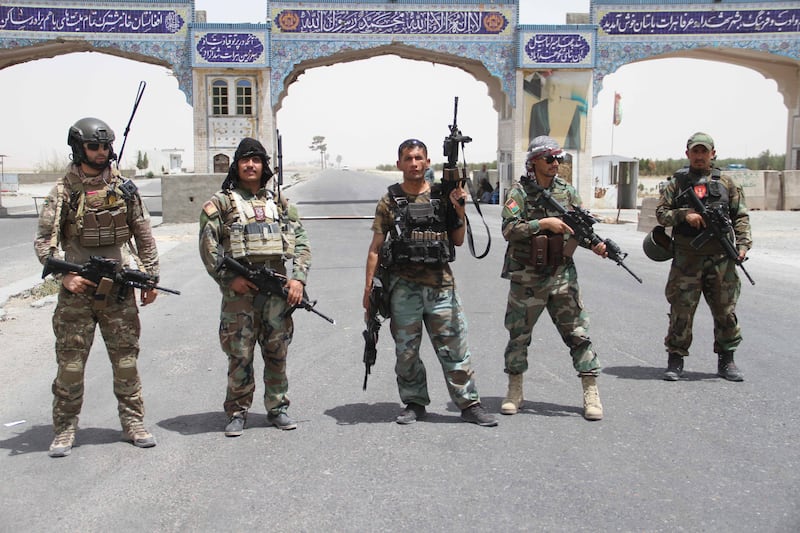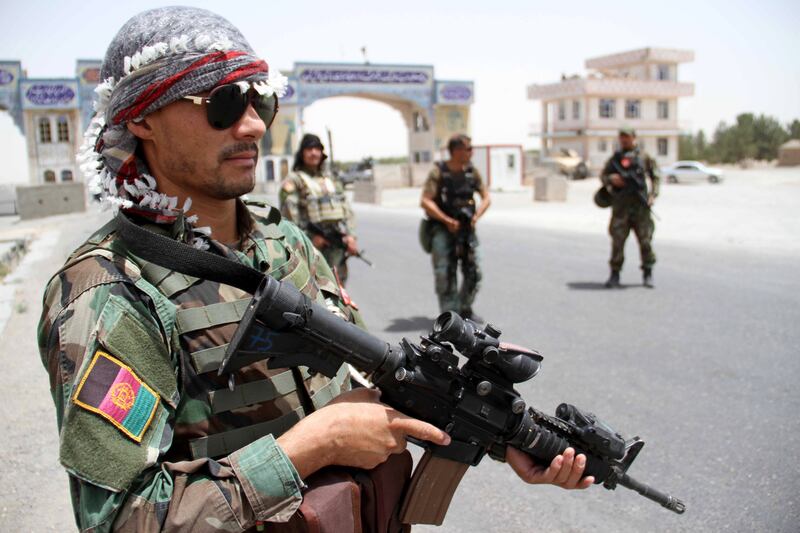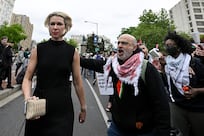The US carried out air strikes as it backed the Afghan Army's attempts to repel a Taliban offensive, the Pentagon said on Thursday, with the withdrawal of international forces from the country all but complete.
“In the last several days, we have acted through air strikes to support to the [Afghan National Security Forces]," Pentagon spokesman John Kirby said.
“We continue to … conduct air strikes in support” of the Afghan military, he told reporters at a press briefing, and added that the head of the US Army Central Command (Centcom), Gen Kenneth McKenzie, had authorised the strike.
Mr Kirby said he could not provide details on the air strikes, but echoed Defence Secretary Lloyd Austin's Wednesday statement that the US remains “committed to helping the Afghan security forces and the Afghan government going forward".
US air power has long provided Afghan forces with a tactical advantage over the Taliban ——one that many fear will be eroded by the withdrawal of international troops, though Afghanistan's own fledgling air force is flying into the breach.
Also on Wednesday, the chairman of the US Joint Chiefs of Staff, Gen Mark Milley, acknowledged the Taliban regime now control about half of Afghanistan's roughly 400 districts, but added they had taken none of the country's densely populated main cities.
Dramatic moments inside a Humvee as Afghan special forces comes under Taliban attack
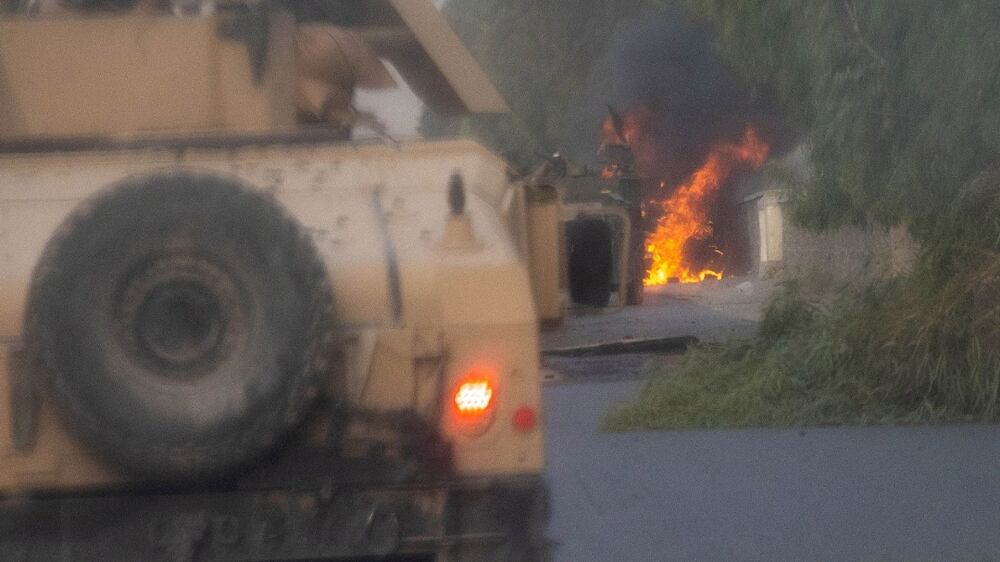
He said the US withdrawal, set to be finished by August 31, is now 95 per cent complete.
The resurgent militants have pressed a sweeping offensive against government forces since May amid the withdrawal of the US-led foreign forces.
A Taliban spokesman on Thursday told Russian media that the group now controlled 90 per cent of Afghanistan's borders, but the claim could not be independently verified. The militants are known to exaggerate their battlefield claims.
